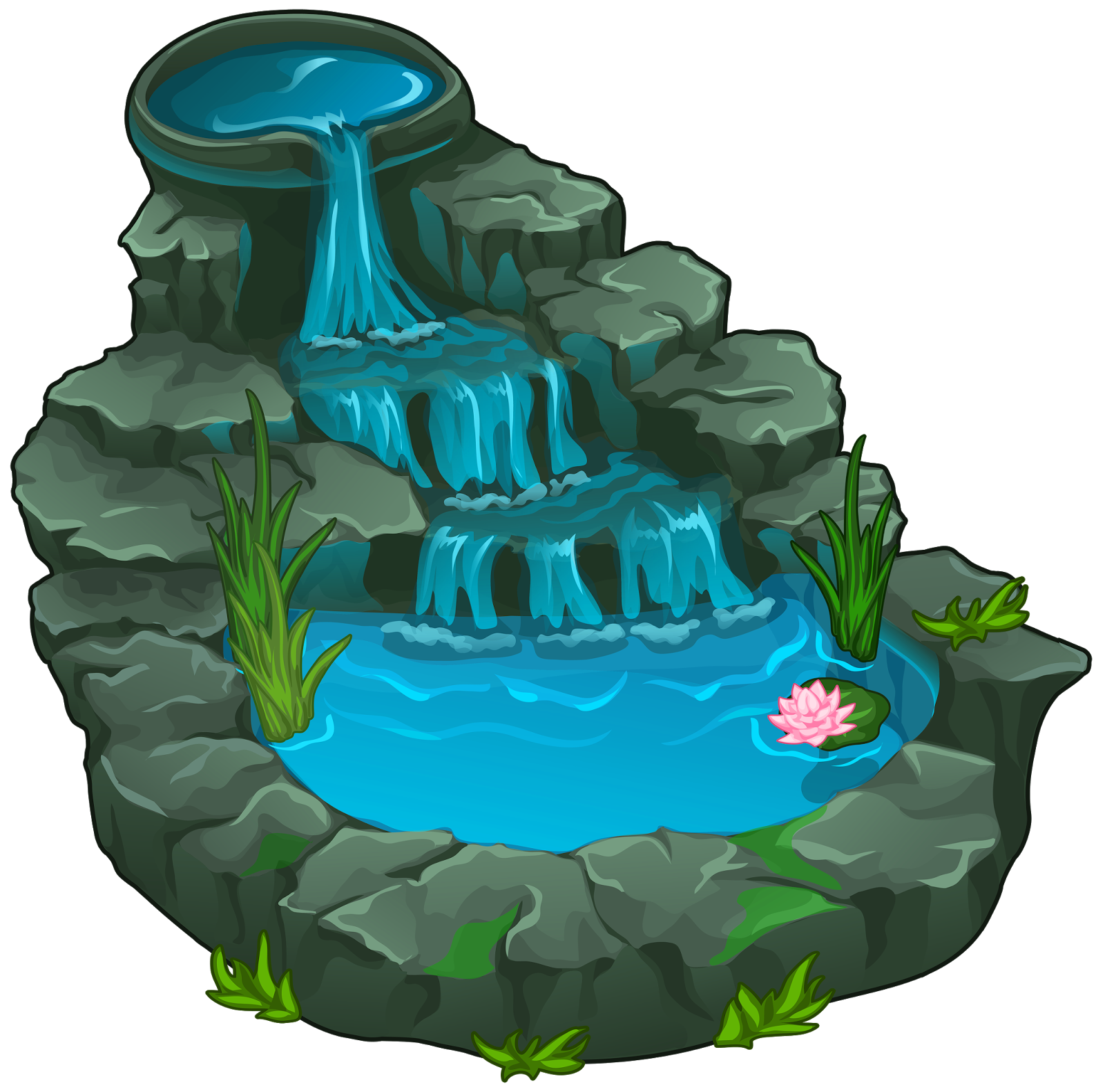
Caring for Red-Eared Sliders in a Koi Pond: Everything You Need to Know
Introduction
Red-eared sliders are one of the most popular species of aquatic turtles to keep as pets. They are known for their vibrant red markings and friendly personalities. However, unlike other types of turtles, red-eared sliders require certain conditions to thrive and stay healthy. One way to provide ideal living conditions for these turtles is by keeping them in a koi pond. In this article, we’ll share everything you need to know about caring for red-eared sliders in a koi pond.
Why Koi Ponds Make Great Habitats for Red-Eared Sliders
Koi ponds make ideal habitats for red-eared sliders because they mimic their natural environment. These turtles are native to rivers, lakes, and ponds in the southeastern United States. In the wild, they seek out areas with a gentle current, plenty of basking spots, and a mix of sun and shade. Koi ponds offer a similar environment, with a well-circulated water supply and plenty of places for the turtles to bask and relax.
Setting up a Koi Pond for Red-Eared Sliders
If you’re considering setting up a koi pond for your red-eared sliders, there are a few things you’ll need to keep in mind. First, you’ll need to make sure your pond is large enough to accommodate your turtles as they grow. Red-eared sliders can reach up to 12 inches in length and need plenty of swimming space. At a minimum, your pond should be 100 gallons per turtle.

You’ll also need to create a suitable basking area for your turtles. Red-eared sliders need a place to sun themselves and dry off completely after swimming. This basking area can be created using rocks, logs, or a commercial turtle basking platform. Make sure the area is easy for the turtles to climb onto and is positioned in a sunny area of the pond.

Another important consideration when setting up a koi pond for red-eared sliders is filtration. Turtles produce a lot of waste, so you’ll need a high-quality filter to keep the water clean and healthy. A combination of mechanical, biological, and chemical filtration is recommended.
Feeding Red-Eared Sliders in a Koi Pond
Red-eared sliders are omnivores and will eat a wide variety of foods, including pellets, vegetables, and live prey. In a koi pond, they may also nibble on aquatic plants and algae. It’s important to offer a balanced diet that provides all the necessary nutrients. Commercial turtle pellets can be the mainstay of their diet, supplemented with occasional live or dried insects, and small amounts of vegetables (e.g. leafy greens, carrots, squash).

Take care not to overfeed your turtles, as excess food can lead to poor water quality and other health problems. A good rule of thumb is to feed them once a day and offer only as much food as they can eat in ten minutes.
Maintaining Water Quality in a Koi Pond with Red-Eared Sliders
Water quality is essential for the health and wellbeing of red-eared sliders in a koi pond. Poor water quality can lead to shell infections, respiratory problems, and even death. The key to maintaining good water quality is through proper filtration and regular water changes. Plan to change 10-20% of the water in your pond every week or two. Test the water regularly to monitor levels of ammonia, nitrite, nitrate and pH.

Other Considerations for Keeping Red-Eared Sliders in a Koi Pond
In addition to the factors outlined above, there are a few other things to consider when caring for red-eared sliders in a koi pond. For example, you’ll need to make sure the pond is well-protected from predators like raccoons, herons and cats. Also, remember to monitor the pond temperature closely, especially during winter months. Turtles are ectothermic, meaning they depend on their environment to maintain their body temperature. Keep the water temperature no lower than 50°F or 10°C

Conclusion
Caring for red-eared sliders in a koi pond can be a rewarding experience for both pet owners and their turtles. By providing an environment that closely mimics their natural habitat, you can create a healthy and happy home for your pets. Remember to invest in the right equipment, feed a balanced diet, and maintain good water quality to keep your red-eared sliders thriving.